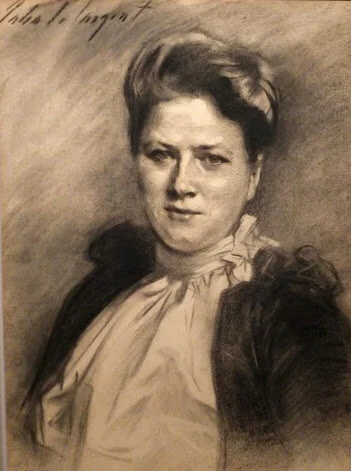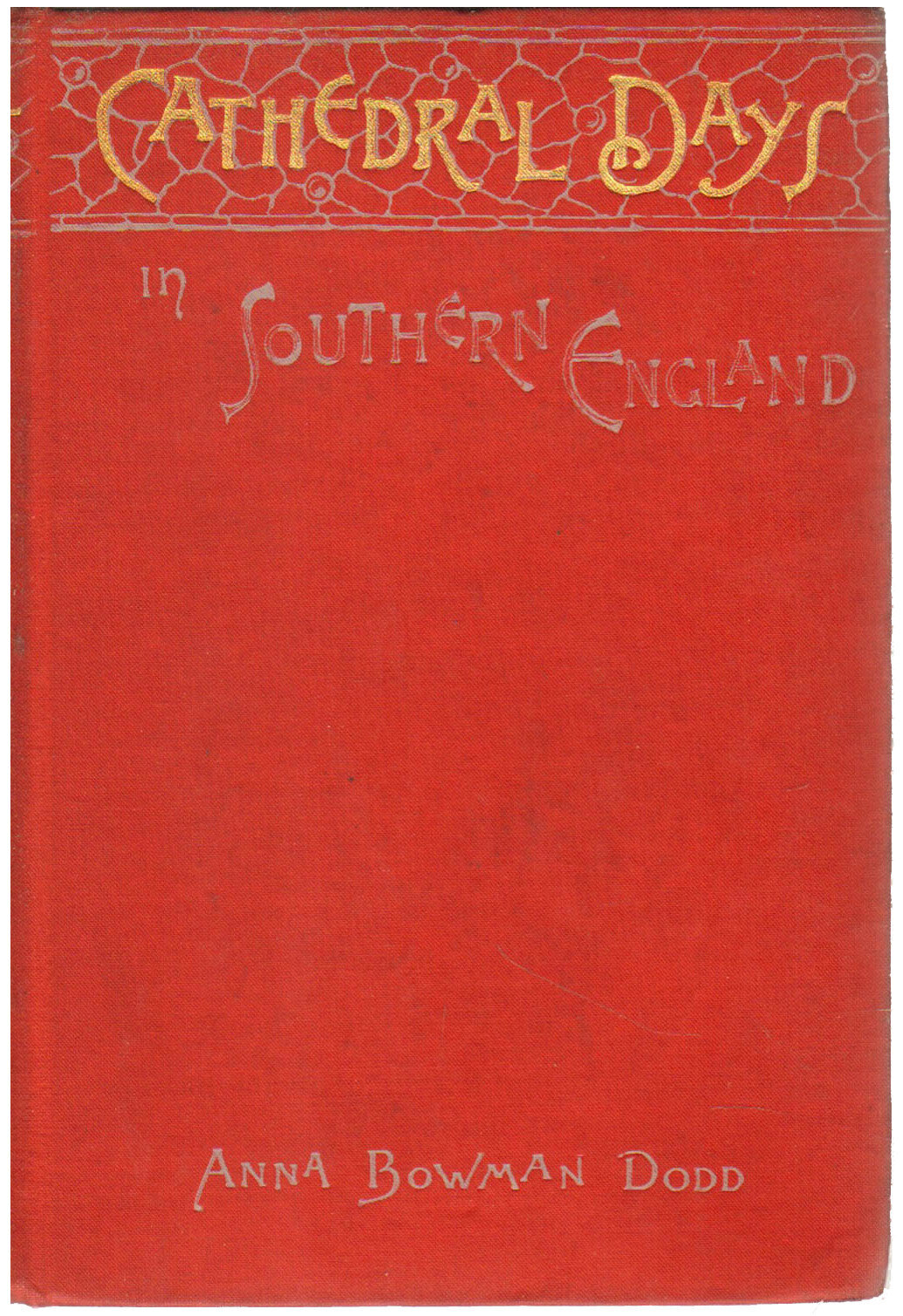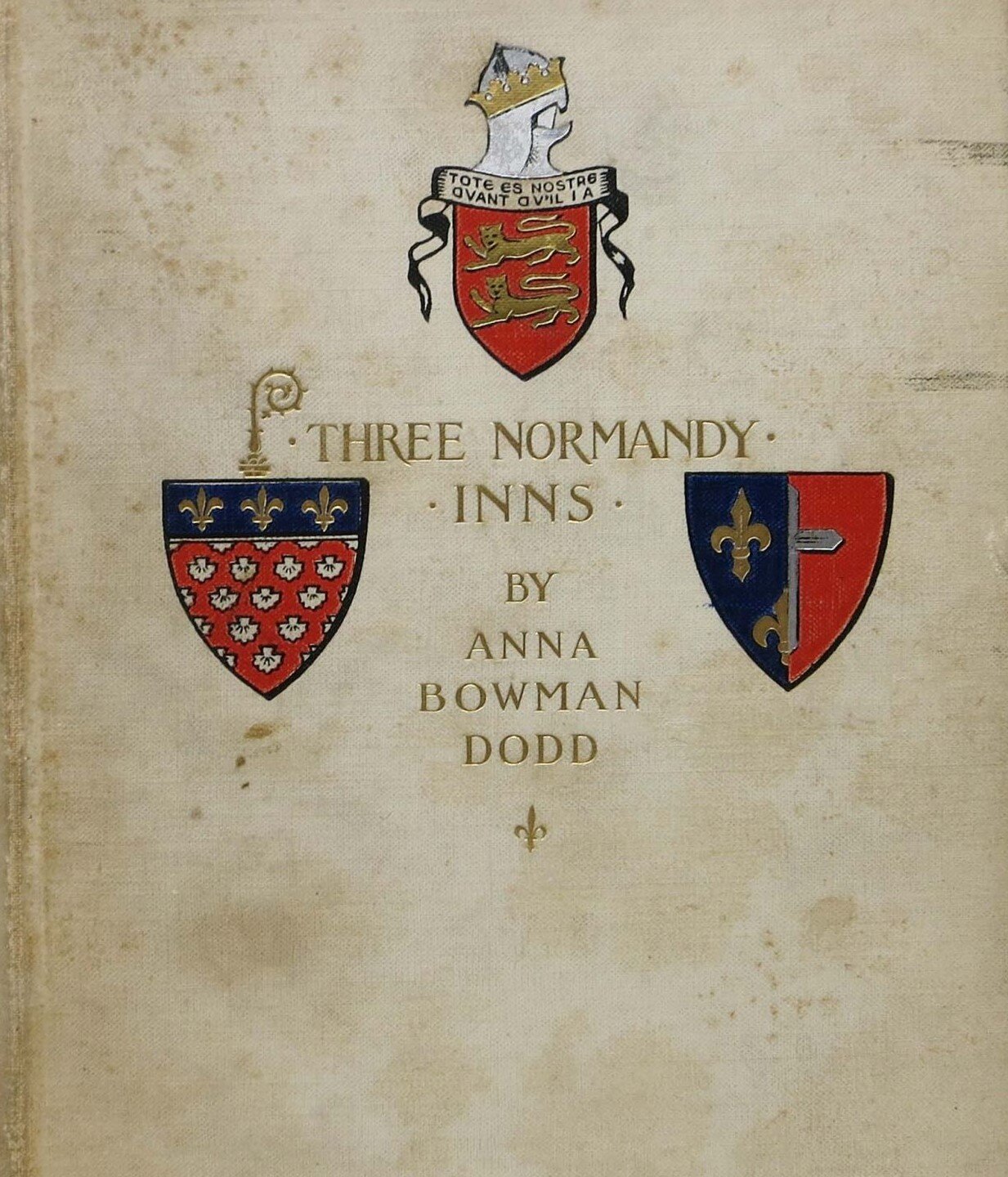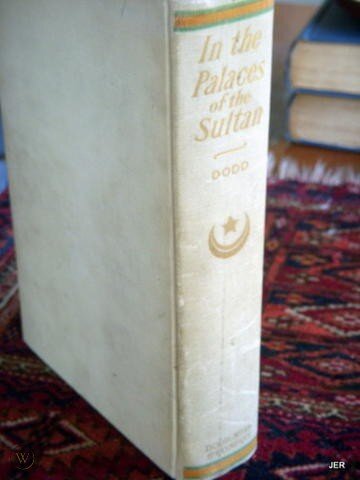THE NEW CRITERION, September 2020
On the pathology of recent protests.
Read the adaptation of “A Classical Illness” in The Wall Street Journal of August 17.
Pandemics are not always biological. Sometimes they are ideological. This summer certainly saw a plague of ruin descend over the cultural landscape. Even more alarming, there was little immune response against it among the institutions designed to stop its spread. Political viruses do have a way of evolving from seemingly inert strains into superbugs. Suddenly, they seize the brain, boil the muscles, and silence dissenting voices.
A cultural pathologist might conclude that anarchic strands have been sloshing around the fringes for decades. Their symptoms appeared in the World Trade Organization protests of 1999, in the Occupy Wall Street encampments of 2011, and on sundry other occasions. Undoubtedly, this sickness shares genetic makeup with the May protests of the Soixante-huitards, the radical affinities of the 1930s, and the many other anti-civilizational outbreaks in recent history. Ideologues have been tinkering with the infective code for a long time. Now in 2020, this virus develops a new mutation and latches onto the country’s sympathetic racial conscience.
Like most active viruses, we still do not fully understand it. A society in lockdown, a killing in a far-off state: the atmosphere was ripe for opportunistic infection. But an infection of what? In the pandemonium and the undermining of law and order, the summer riots could never have been about “black lives.” I doubt many know what they are spreading. I rather suspect they believe a new inquisitional disease, euphemistically called “cancel culture,” might be avoided if they first give the illness to others. They are wrong, of course; the revolution always eats its own as the choicest cuts of meat.
Still, there may be no other explanation for why figures and figureheads are being toppled in such violent manifestations. After all, online denunciations may require little, but it takes no small amount of energy to pull down a statue. In either case these are viral projections, a better you than me—and the yous are getting harder to find by the mes. That is why we keep seeing ever more fevered “canceling” and ever less regard for the “culture” these figures represent.
The spread of vandalism to just about every corner of the Western world might tell us something deeper about the pandemic we now face. This was never about Confederate monuments. That much is now clear. Statues of America’s Founding Fathers have been smashed and burned. More are on the chopping block. Christian iconography has been desecrated. Monuments to Gandhi and Churchill are under threat. Even memorials of the great emancipators and abolitionists—Lincoln, Grant, Matthias Baldwin, Hans Christian Heg, John Greenleaf Whittier, the Massachusetts Fifty-Fourth Regiment—have been defaced. What should we make of the coroner’s inquest over this death of reverence?
These attacks at the hands of our own vingtards have paralleled the tearing down of words and opinions that have been accused of animus regardless of true meaning. For example, this summer, by executive order, the governor of Rhode Island removed “Providence Plantations” from the full name of the state on official documents. “We can’t ignore the image conjured by the word plantation,” the governor said, of a “phrase that’s so deeply associated with the ugliest time in our state and in our country’s history.” It matters little that the actual providential plantation Roger Williams founded in 1636 was one of the more progressive jurisdictions in the world and the first colony, on paper at least, to abolish slavery.
The Surrogates Court Building on Chambers Street, Manhattan. Photo: Todd Maisel.
It might be a fool’s errand to look for the patterns of the mob. Their targets are often arbitrary. Much of it is chaos for its own sake: glass to shatter, stores to loot, an attack on whatever is nailed down—an undermining of anything set in stone. In the sloshing, fluid dynamics of mob rule, the results are never static and never enough. Destruction leads to more destruction.
At the same time, while the figures have only become more disparate, the solid forms under assault have shown striking similarities. By and large, they are classical forms. In a way, their desecration is then an attack on the classical orders, and in particular the classical liberal order, they represent. This is not to suggest that today’s iconoclasts are dissident classicists. Nevertheless, the classical language of monuments and monumentality may remain more comprehensible to the attackers than the forgotten figures this language looks to honor. For the diseased spirit, classicism is a language calling out for cancelation.
Just look at the many recent images of vandalism. Classical plinths and pedestals have been covered in spray-paint. Classical order and law and order are conflated as the classical language of art and architecture is drowned out by anti-police slogans, epithets, and defilements. In downtown Manhattan, after they were allowed to settle into another encampment, vandals defaced the classical Municipal Building, the Tweed Courthouse, and the Surrogate Court Building—damage that Manhattan’s borough president said may now cost millions to clean. Meanwhile, New York’s radical mayor has cut the city’s anti-graffiti budget as he paints his own slogans across the avenues and appoints his wife, Chirlane McCray, to head his task force on racial redress.
As civilization from the Renaissance through the Enlightenment on to America’s founding has drawn on knowledge of the classical liberal world, the association of classical forms with an illegitimate order has long been a central tenet of anti-liberal ideology. Racism and whiteness have now been added to these accusations in an attempt to silence America’s classical language and to undermine the country’s classical inheritance. For example, “the primacy of Western (Greek, Roman) and Judeo-Christian tradition” is now considered one of the “aspects and assumptions of whiteness,” according to the Smithsonian’s own National Museum of African American History & Culture. In an astonishing display of racial bigotry, the museum adds the classical tradition to other “signs of whiteness” that include individualism, hard work, objectivity, the nuclear family, rational linear thinking, decision-making, respect for authority, delayed gratification, punctuality, and being polite. Similarly, earlier this year, after the Trump administration proposed a classical mandate for the design of new Federal buildings in keeping with Washington’s classical vernacular, Michael Kimmelman of The New York Times associated the proposal with “authoritarian regimes of the past” and a style that “dredges up images of antebellum America.”
Architectural plan from the 2013 renovation of Roosevelt Hall, American Museum of Natural History, front view. Photo: Roche Dinkeloo.
There have always been diseased notions and crazed actors. What is new is the abdication of leadership and the collapse of institutional vitality that have permitted their fevered actions to spread. Those at the top of our institutions are the first to sacrifice their cultural charge in order to protect their salaries and status. Curators and writers, students and teachers, the art on the wall and the architecture around it—everyone else and everything else is up for grabs.
This sad fact recently came into sharp relief at a dénouement on the steps of the American Museum of Natural History. File this under “closing soon”: as of this writing, there may be little time remaining to see the equestrian statue of Theodore Roosevelt. Located since 1940 in front of this New York institution, the statue serves as the focal point of the official state memorial to the naturalist, president, author, and statesman. In late June, museum leadership caved to protesters and requested that the city send the sculpture to pasture. Before politics runs roughshod over the Rough Rider, the work deserves another look in situ.
This sculpture by James Earle Fraser is based on Verrocchio’s grand equestrian statue of Bartolomeo Colleoni, finished in 1495 and located in Venice’s Campo Santi Giovanni e Paolo. Fraser’s work completes the classical arch designed by John Russell Pope that is both the museum’s entrance and another key part of the memorial program. The addition of the dignified American Indian and African guides that flank Roosevelt, now considered the most offending elements of the sculpture, were intended to symbolize the “continents of Africa and America, and if you choose may stand for Roosevelt’s friendliness to all races,” according to Fraser. Together the three figures lead a triumphal procession out of the arch, trailed this time not by the spoils of war but rather by the knowledge contained in the institution behind it. In his memorial proposal of 1928, Pope was right to consider the trio together as a “heroic group,” one that should be considered ahead of its time for including two non-Western people now guiding the equestrian figure. Without this sculpture at its center, the monument will be akin to the Lincoln Memorial without Daniel Chester French’s statue of Lincoln or the Jefferson Memorial (another Pope masterpiece) without Rudulph Evans’s statue of Jefferson.
Architectural plan from the 2013 renovation of Roosevelt Hall, American Museum of Natural History, side view. Photo: Roche Dinkeloo.
For years activists have targeted Pope’s grand classical monument to Roosevelt. In 2017 protestors stormed the museum’s Roosevelt Rotunda, designed by Pope as a hallowed Roman space on the other side of the arch. They denounced the memorial as an emblem of “patriarchy, white supremacy and settler-colonialism.” Vandals also defaced the statue’s granite pedestal with blood-red paint and labeled it a “monument to racial conquest.” Despite these episodes, in that year the city’s own commission tasked to investigate the statue’s history and iconography for racial offense chose not to recommend its removal. The commission even questioned the ethics, and legality, of altering this central part of Roosevelt’s official state memorial, which is closely tied to the history and forms of the entire museum.
These judgments ultimately meant little to Ellen Futter, the museum’s current president, and her trustees. Futter used the summer riots as an opportunity to rid herself of a problem at her doorstep while also handing an ideological victory to the mayor. “We have watched as the attention of the world and the country has increasingly turned to statues as powerful and hurtful symbols of systemic racism,” Futter said in a joint statement. To which the mayor added that the “problematic” statue “explicitly depicts Black and Indigenous people as subjugated and racially inferior.”
“Every statue and street and building has been renamed, every date has been altered. And the process is continuing day by day and minute by minute.” So George Orwell wrote in Nineteen Eighty-Four. “History has stopped. Nothing exists except an endless present in which the Party is always right.” The attack on history from a “museum of history” shows how this radical disease now infects the hearts of our institutions. Sometimes a plague is so deadly it dies of its own lethality. Something similar may happen to our own wave of viral politics. At the American Museum of Natural History, the institution’s own Theodore Roosevelt Rotunda tells the story of our twenty-sixth president in quotations and three monumental murals painted by William Andrew Mackay in 1935. One canvas depicts Roosevelt’s support for the then-controversial but ultimately correct theory that the mosquito, and not poor sanitation, was the cause of Yellow Fever in Panama.
Perhaps one day we will better identify and isolate the vectors of our own ideological pandemic. Until then, a quote by Roosevelt, also displayed in his Rotunda, might at least inspire some renewed resistance: “Character, in the long run, is the decisive factor in the life of an individual and of nations alike.”











